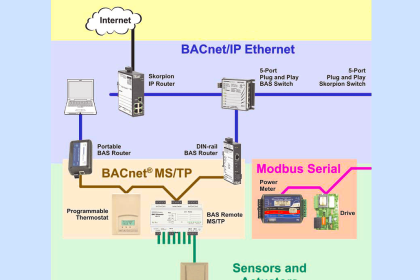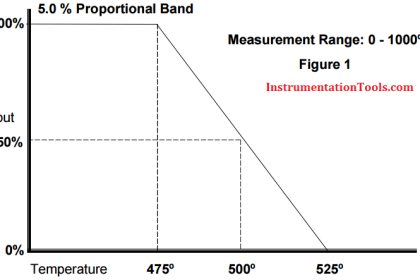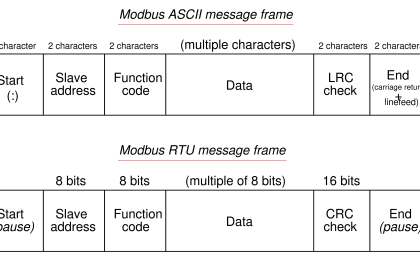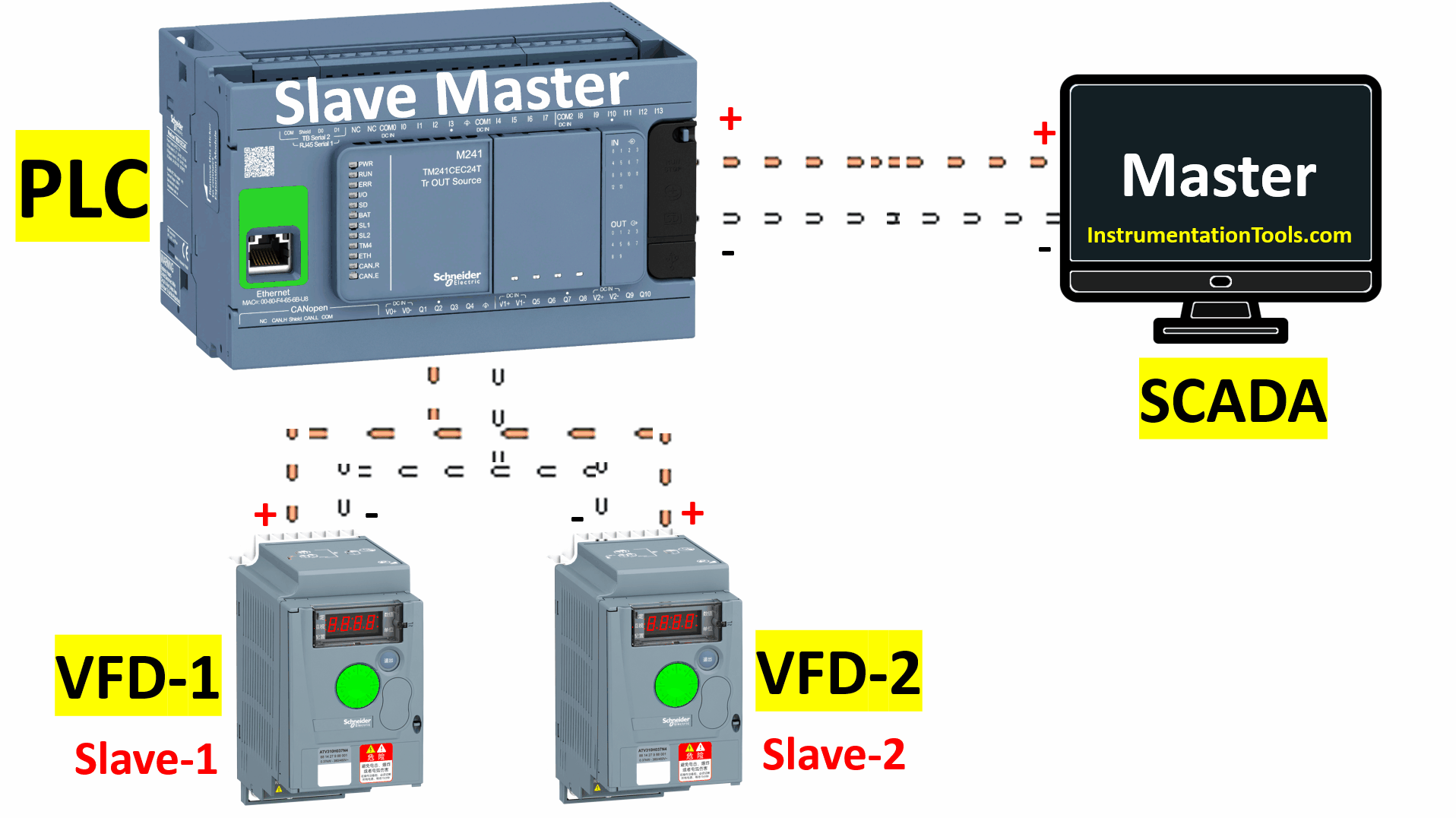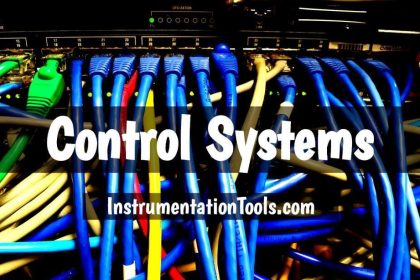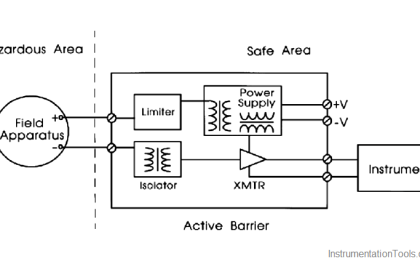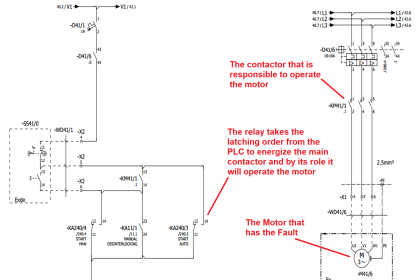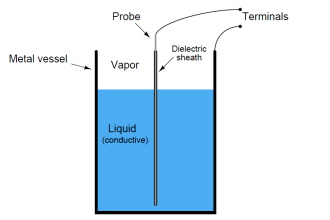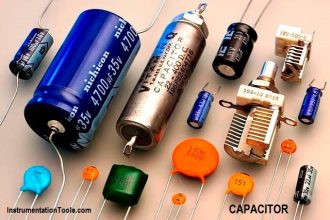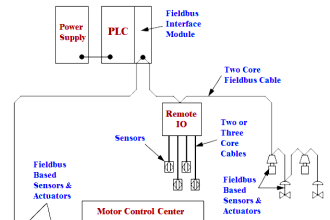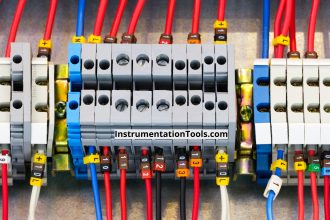Question: Why ESD button is always at the gas pipeline entry point near the fence in the power plant even though the Gas pipeline is 1 km long?
Emergency Shutdown Button
Emergency Shutdown (ESD) systems in oil and gas plants, and power plants, especially those handling flammable materials like natural gas, are critical for ensuring safety and preventing catastrophic events.

The placement of Emergency Shutdown buttons at strategic locations, such as near the gas pipeline entry point, near individual trains or units in refineries is considered by several key factors. They are discussed below.
Quick Isolation
In case of an emergency, such as a gas leak or fire, it’s vital to quickly isolate the plant from the source of the gas.
Placing the ESD button near the entry point of the gas pipeline ensures that the gas supply can be shut off immediately, minimizing the risk of escalation. (particularly to the specific unit or area in a plant)
Accessibility
By positioning the ESD buttons near the fence or a peripheral area, it remains accessible for emergency response teams, even if access to other parts of the plant is restricted due to the emergency.
This placement also ensures that the ESD is at a safe distance from potential sources of ignition within the plant.
Safety Regulations Compliance
Safety regulations often mandate the placement of ESD buttons at strategic locations. This includes points where hazardous materials enter or leave a facility, as these are critical points for controlling potential hazards.
These regulations are designed to ensure the highest levels of safety and are based on best practices and historical data regarding industrial accidents.
Maintenance and Testing
Please note that it’s essential to have a clear and unobstructed view of the ESD buttons for maintenance, and testing purposes. The ESD button must be available without any obstruction during emergency situations.
Conclusion
The placement of ESD buttons is a critical aspect of the safety and operational management of industries. It involves a careful assessment of potential risks, regulatory requirements, and the specific needs of the plant. Even though the gas pipeline is distant, having an ESD button at its entry point is a proactive safety measure.
If you liked this article, then please subscribe to our YouTube Channel for Electrical, Electronics, Instrumentation, PLC, and SCADA video tutorials.
You can also follow us on Facebook and Twitter to receive daily updates.
Read Next:
- Safety PLC Testing
- Solenoid Valves in PLC
- SIS Safety Requirements
- SIS Bypass and Impairment
- Maintenance of Safety PLC
